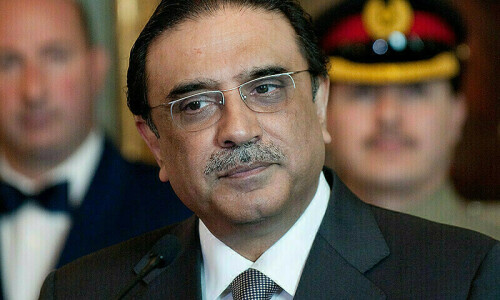MOHENJODARO could have been the forgotten gold we desperately need. Instead, this 5,000-year-old well of antiquity is a missed opportunity. Governmental disregard, outdated preservation procedures and negligible facilities for researchers and tourists have ensured that just a fraction of this Bronze Age vestige sees the light of day. A new directive from the Larkana circuit bench of the Sindh High Court to resume commercial flight operations, suspended in 2018, to and from the heritage site and enforce its 2022 order with immediate effect, can breathe life into Mohenjodaro. Built in 1967, the small airport, once the third busiest airstrip in Sindh with five flights per week, two charter flights and other unplanned flights, is a shadow of its bustling past. Our ancient wonders hold infinite promise. Other than becoming economic goldmines for the country, these sites promote a greater global understanding of culture; they can unlock the vast potential in tourism and export the message of a shared heritage.
Research says that, developed in 2500 BCE, Mohenjodaro is as ancient as Egypt and Mesopotamia. As the Indus Valley Civilisation waned, Mohenjodaro’s dwellers moved out. R.D Banerji from the Archaeological Survey of India brought it back to life in the 1920s. But, so far, this country has failed it — excavation was halted in 1965 and revived in the 1980s — with no measures to curtail the damage from soil erosion, climate change and theft. Authorities should study the methods used by the Peruvian government to transform the Inca fortress of Machu Picchu, discovered in 1911, into tourism gold. Pakistan, a land with an enviable inheritance, deserves its own Luxor. It is the state’s foremost duty to leverage these riches as tourism attractions fitted out with hotels, public facilities, security and more. For this, alongside research and anthropological activity, the traffic at its airport should increase because Mohenjodaro is the citadel of education.
Published in Dawn, April 3rd, 2025












































